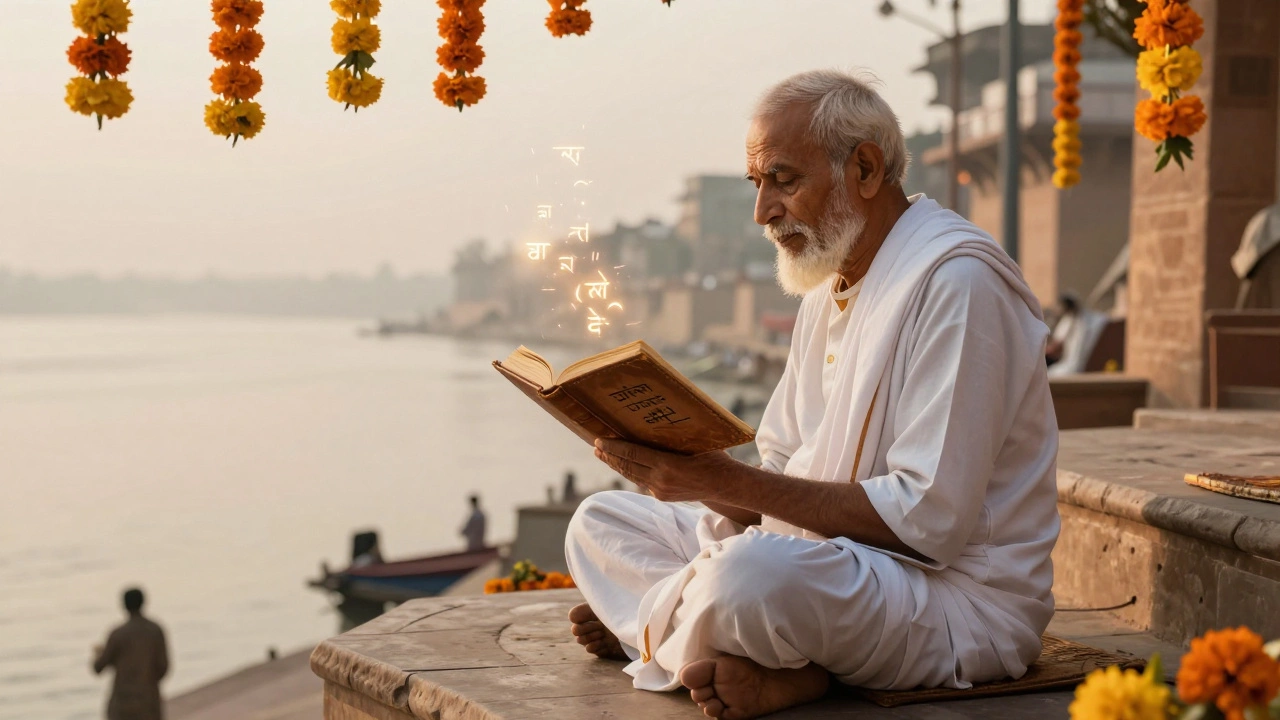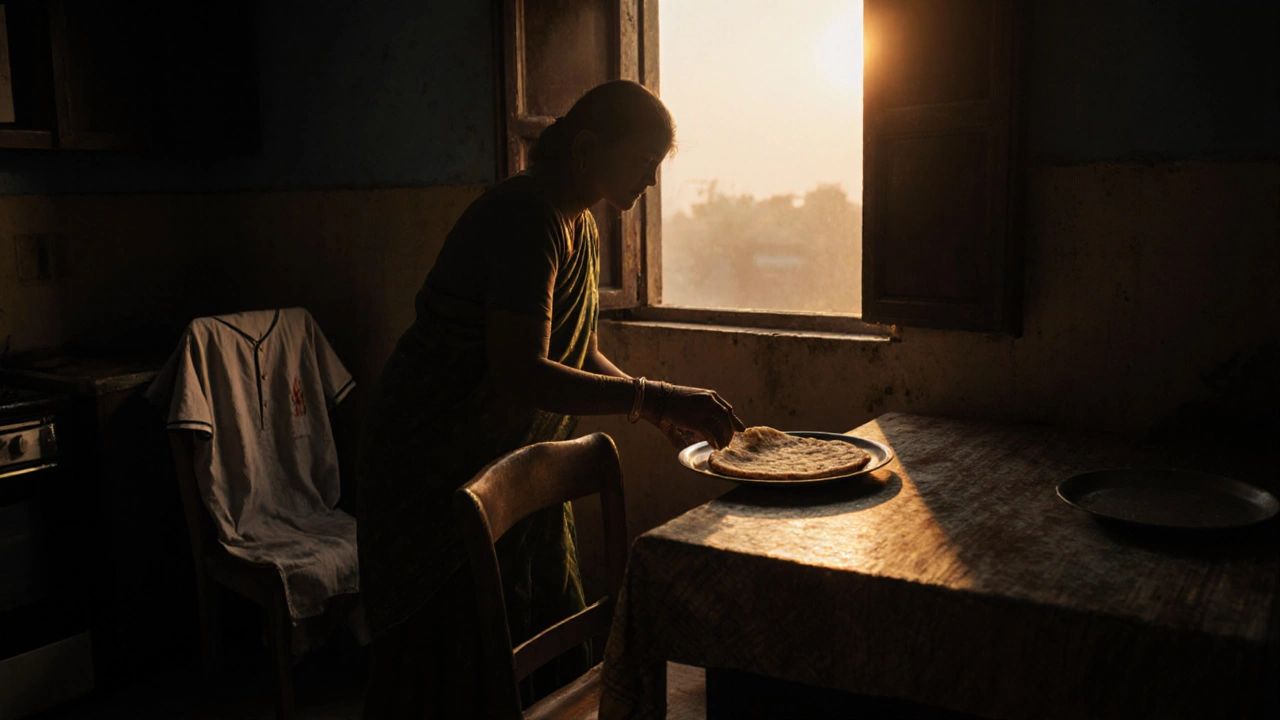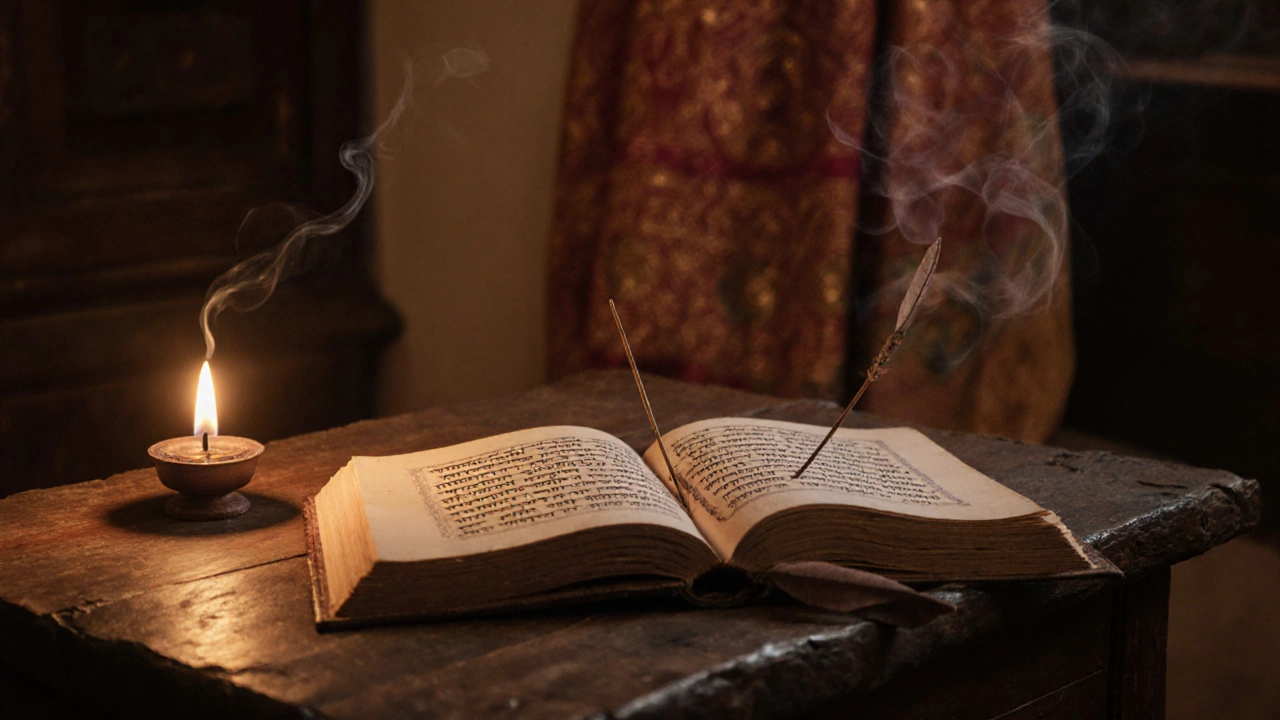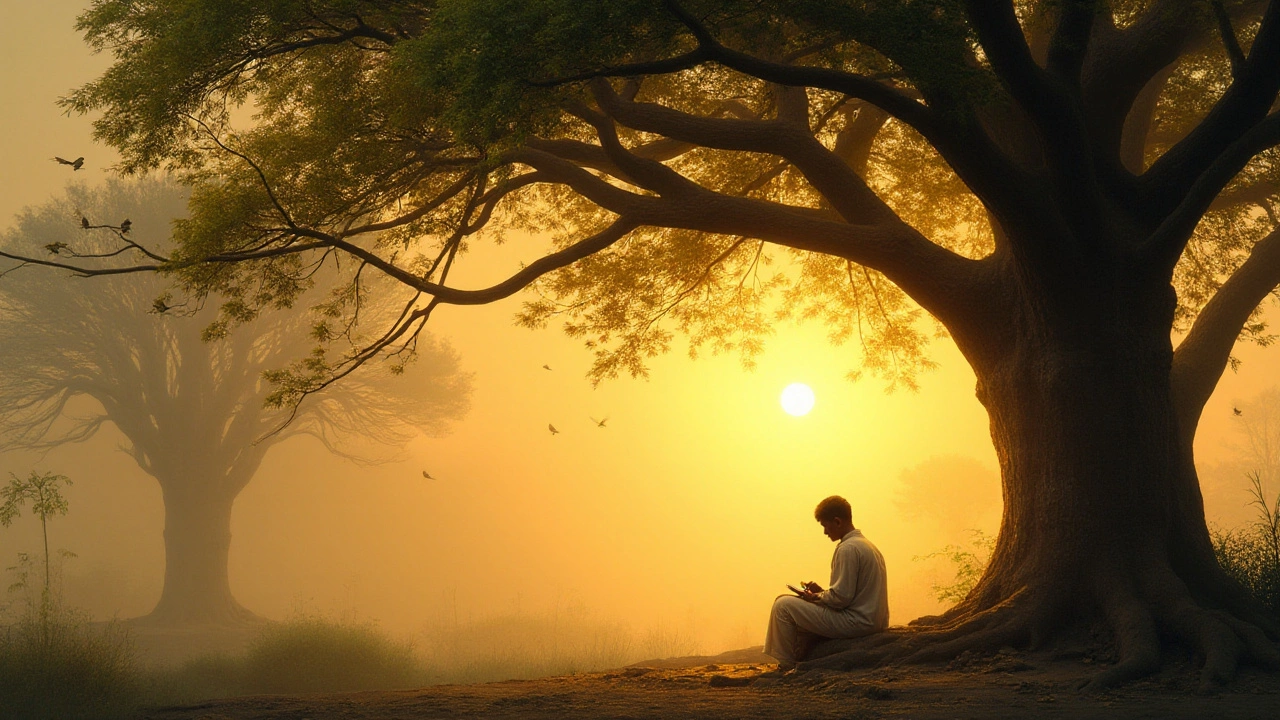Short Poetry: Quick Tips, Forms, and Inspiration
If you love poetry but hate long, winding verses, short poetry is your sweet spot. It lets you capture a feeling, an image, or a punchline in just a few lines. Indian readers especially enjoy bite‑size poems that fit into a coffee break or a social media scroll. Here’s what you need to know to read, write, and enjoy short poems without the fluff.
Popular Short Poetry Forms in India
One‑word poems might sound weird, but they pack a punch. A single word can trigger a whole memory—think of a word like “monsoon” that brings rain, nostalgia, and romance all at once. The villanelle is another favorite. It follows a strict 19‑line pattern with repeating refrains, and Indian poets use it to echo cultural themes. Then there are haikus and couplets, both perfect for quick reflections on nature or love. Even the quirky poor poetry category teaches us what not to do—clumsy rhyme, forced metaphors, and overused clichés are all red flags.
Every form has its own rhythm, but the goal stays the same: say a lot with little. For example, a one‑word poem about “silk” can hint at smoothness, luxury, and heritage, while a three‑line villanelle might repeat a line about “city lights” to create a haunting echo. Try reading a few Indian examples to feel the flow before you start writing.
How to Write Better Short Poems
Start with a single image or feeling. Ask yourself, “What do I want the reader to see or feel in five seconds?” Use concrete words—“spice market” beats “aroma of culture.” Keep the rhyme natural; if it sounds forced, drop it. Read your verse out loud; if it rolls off your tongue, you’re on the right track.
Next, trim the excess. Every word should earn its place. If you can replace a phrase with a single, stronger word, do it. This is where the “one‑word poem” mindset helps: think about the core idea and strip away anything that doesn’t shine. Finally, experiment with structure. Try a villanelle’s repeating line or a haiku’s 5‑7‑5 syllable count. The constraints force creativity and often lead to surprising results.
One practical exercise: write a 10‑line poem about a daily routine—like commuting on a Mumbai local train. Focus on one vivid detail each line: the screech of brakes, the smell of chai, a fellow rider’s smile. Then read it back, cut half the words, and see if the feeling stays the same. You’ll notice how much power lies in simplicity.
Short poetry isn’t just for poets; it’s for anyone who wants to capture a moment quickly. Share your verses on social feeds, swap ideas with friends, or keep a tiny notebook for spontaneous lines. The more you practice, the easier it gets to turn a fleeting thought into a polished short poem.
Ready to try? Pick a form—one‑word, villanelve, or haiku—pick a theme from everyday Indian life, and write a poem in under ten minutes. You’ll see that short poetry is less about mastering a rulebook and more about snapping a vivid picture with words. Happy writing!
- Arjun Bhardwaj
- 4-12-25
- Short Poetry
What Is a Hindi Poem Called? Types and Names of Traditional Indian Short Poetry
Hindi poems come in traditional forms like Dohe, Ghazal, and Chaupai-each with unique structure and purpose. Discover how these short verses carry centuries of wisdom and still shape modern Indian expression.
Details- Arjun Bhardwaj
- 15-11-25
- Short Poetry
What is a Volta poem? Understanding the twist in short Indian poetry
A Volta poem isn't about form - it's about the sudden emotional turn that gives short Indian poetry its power. Learn how this ancient poetic device lives on in modern verses that capture silence, sacrifice, and unspoken truths.
Details- Arjun Bhardwaj
- 15-10-25
- Short Poetry
Most Beautiful Indian Poets: Who Wrote the Finest Short Poems?
Explore the most beautiful short Indian poems, meet legendary poets like Kabir and Ghalib, and learn how to appreciate these concise verses.
Details- Arjun Bhardwaj
- 23-06-25
- Short Poetry
Poor Poetry: What Do You Actually Call It?
Ever wondered what people call poetry that just doesn’t work? This article breaks down the common names for bad poetry, especially in the Indian context and short forms. We’ll look into what makes poetry 'bad,' some infamous real-life examples, and tips to avoid writing poor verses yourself. If you’re tired of reading cringe-worthy rhymes, there are hacks to spot and even fix weak lines. Sharpen your poetry skills and stop making rookie mistakes.
Details- Arjun Bhardwaj
- 3-03-25
- Short Poetry
One Word Poems: An Exploration
One word poems, though seemingly simple, offer a rich canvas for creativity and expression within Indian poetry. This article explores the depth of meaning that can be packed into a single word, drawing on cultural contexts and poetic techniques from India. You'll discover how to create and interpret one word poems, and look at examples of how such brevity can convey powerful emotions. Embrace the challenge of crafting poignant, impactful poetry with minimal verbal components.
Details- Arjun Bhardwaj
- 17-01-25
- Short Poetry
Understanding the Art of Villanelle Poetry in India
Villanelle poetry, with its intricate structure and captivating rhythms, has a special place in the world of literature. Known for its repeated refrains and fixed tercets, the form challenges poets to blend creativity with precision. This article explores the origins of the villanelle, its unique characteristics, and how it's embraced by Indian poets. Practical tips are provided to help both novice and seasoned writers master this expressive form.
Details- Arjun Bhardwaj
- 6-01-25
- Short Poetry
Unraveling the World No 1 Poet: A Journey through Indian Short Poetry
Discover the enigma of who holds the title of the World No 1 poet, especially within the realm of Indian short poetry. This article explores the diverse and vibrant spectrum of Indian poets who have crafted captivating verses. It delves into their unique styles, influences, and the cultural nuances that shape their works. The piece also offers a glimpse into the history and evolution of short poetry in India, providing insights for both poetry enthusiasts and curious readers.
Details





